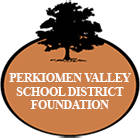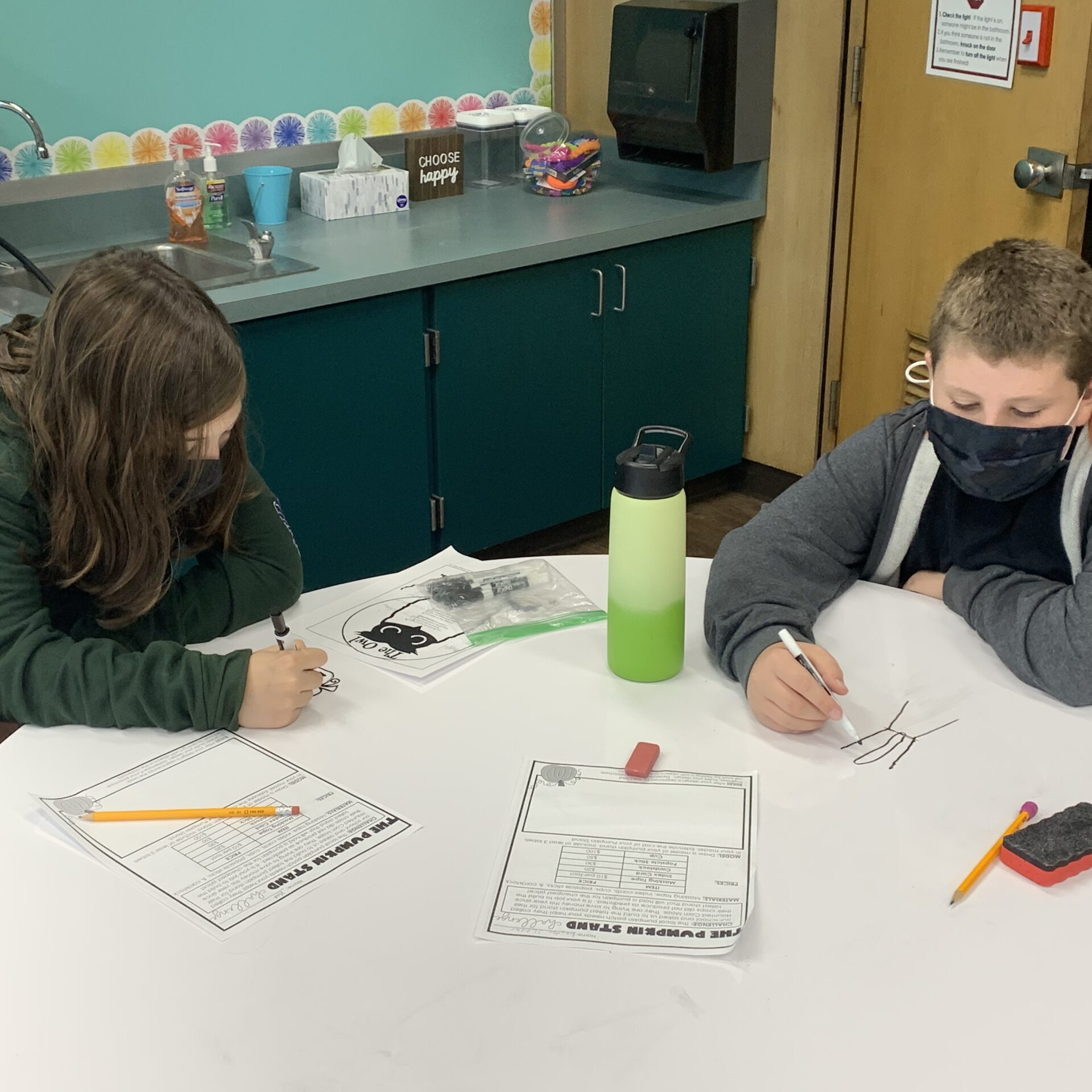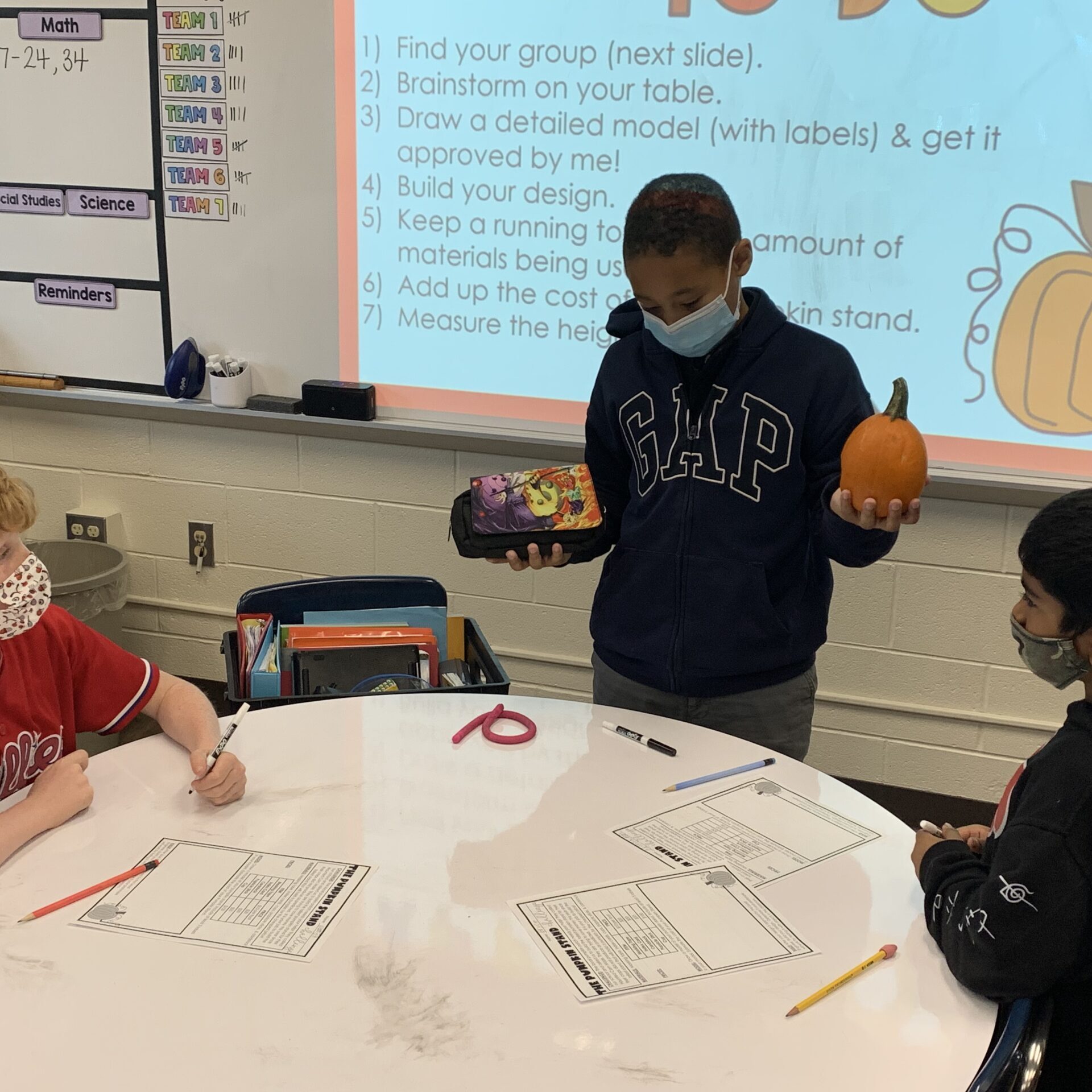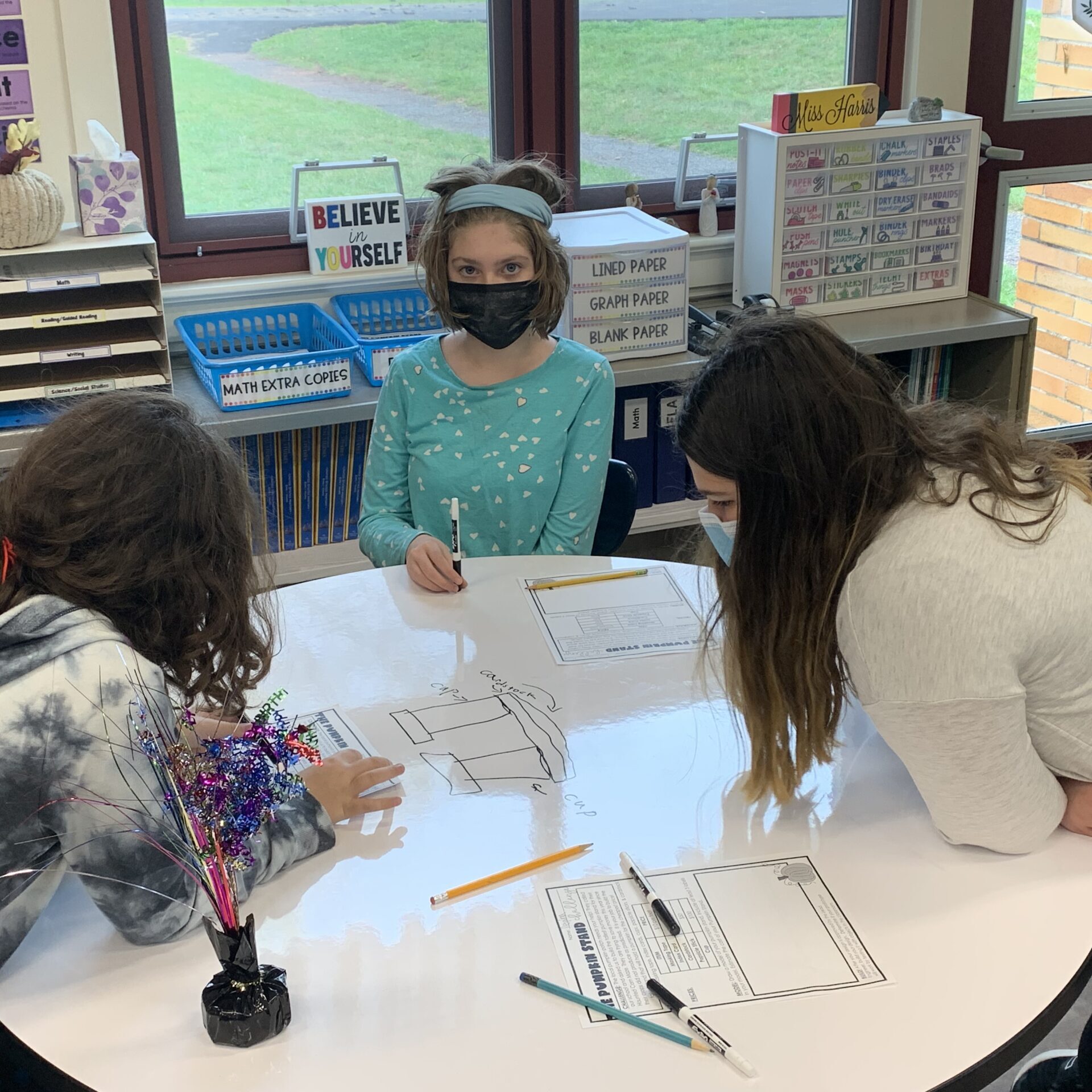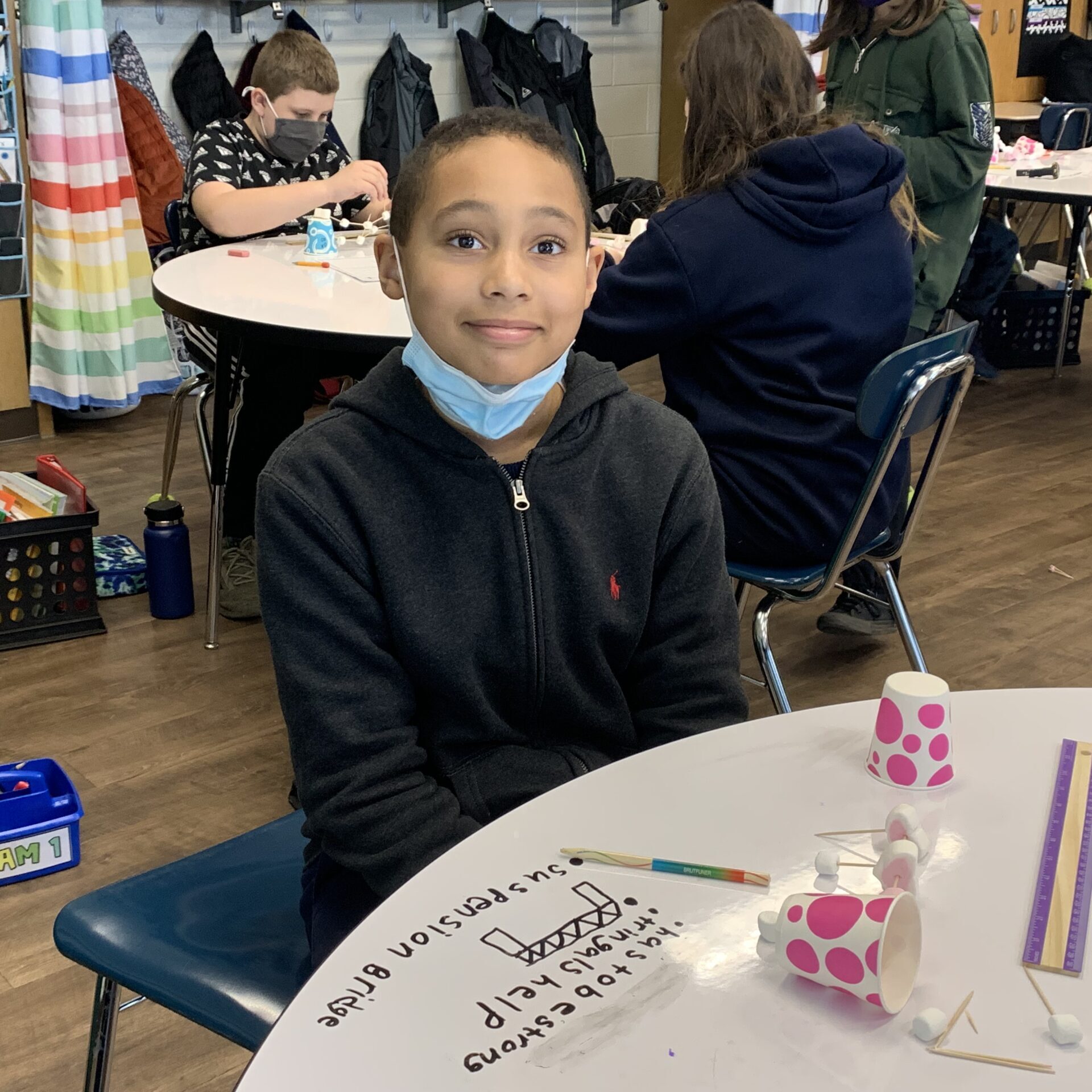Whiteboard Tables

In the spring of 2020, Perkiomen Valley School District Foundation awarded two South Elementary School teachers $2,280 each to implement whiteboard tables in their classrooms. Kimberly Harris and Shavon Sharker wanted to transform their classroom into a collaborative classroom community with the help of whiteboard tables.
There were three goals for the whiteboard tables in the classroom:
- Allow for collaboration as students can sit close and work together in small groups. The table would function as a shared interactive workspace to support a progressive classroom environment versus students at individual desks.
- Consistent feedback for both teacher and students. Whiteboard tables allow students to quickly write, revise, and edit what they’re working on, giving them a larger space to work out ideas. Consistent feedback enables students to identify their strengths and weaknesses during lessons. Reviewing students’ work will allow for modification in instruction as needed.
- Creating community within the classroom. Students need to organize their belongings and share community supplies using a communal table. Sharing supplies and being respectful of each other’s belongings create a better sense of community. In addition to sharing space and supplies, students can engage in meaningful conversations and collaboratively complete tasks.
After a year of working with the whiteboard tables, Harris and Sharker noticed the tables have fostered learners who are willing to take risks. Ideas on whiteboards are not permanent, and this lack of permanence freed some of the most reluctant writers to try a new strategy or the shyest students to write their ideas down before sharing.
In math and science, the tables allow students’ work to be visible. The tables allow their thinking to become visible, allowing them to brainstorm, see each other’s work, give feedback, and compare and defend the best solution to a given problem. Students can also collaborate to solve a common problem. Students do this all while the teacher can quickly assess their thoughts and provides immediate feedback on the problem-solving process.
In writing, students have an automatic surface for cultivating their ideas: they create graphic organizers, sketch their ideas before writing and engage in “quick writes” to practice grammar skills.
“The tables have completely transformed the classroom environment, my teaching, and my students’ learning experiences. I truly do not remember how I taught without them!” Says Harris, a fifth-grade teacher.
Support Projects like the Whiteboard Tables
Teachers don’t always have access to materials, technology, and other resources that can make the difference between a lesson that is forgotten the next day to one that lasts beyond graduation. That’s where you come in. Your contribution to the PVSD Foundation helps ensure that the Foundation can continue to support teachers in their delivery of enriching educational opportunities for all students when tax dollars and traditional streams of revenue fall short.
